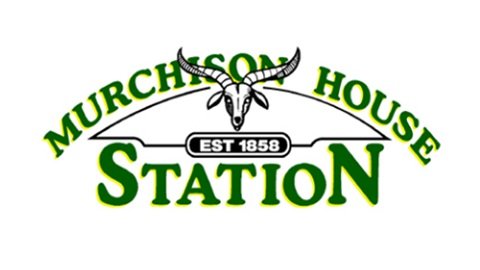CARNABY COCKATOO BREEDING SUCCESS
/Here on Murchison House Station, we have been working closely with the Northern Agricultural Catchment Council (NACC) to monitor nesting sights for the endangered Carnaby’s Cockatoo.
The program first began in 2020 to monitor whether Carnaby Cockatoos were in fact breeding at the northern most reach of their known habitat. Records of Carnaby Cockatoos breeding at Murchison House Station date back to the 1970s, but without a systematic survey on on the Station, no-one had located any nesting hollows. New research was needed to determine if local populations were in decline. Initial surveys conducted in 2020 confirmed about 80 individual birds and two new nesting hollows with young chicks.
NACC , together with our Station team, the Department of Biodiversity, Conservation and Attractions (DBCA), Birdlife and the Geraldton Regional Herbarium established a 3-year research program to survey population composition and vegetation to understand how conservation of the land could potentially lead to a sustainable habitat for the Carnaby’s.
CARNABY’S NEED PROTECTION NOW
Carnaby Cockatoos are one of three black cockatoo species found in Western Australia. They are distinctive for their white tail feathers and white round patches on their cheeks. They can sometimes be confused with Baudin’s Cockatoos, but Carnaby’s have a shorter upper beak. These beautiful birds are social and flock together. However, they are also monogamous and when they find a mate, Carnaby’s mate for life. They can live for between 25-50 years.
Carnaby’s are nomadic birds, migrating around Southern WA and the Wheatbelt according to the season. In mid-winter they migrate to mature woodlands with hollow-bearing trees for the breeding season, which lasts until early summer. Murchison House Station provides the perfect breeding habitat for the Carnaby’s with large River Red Gums forming a riverine woodland whilst Banksia’s provide a habitat for foraging. The birds like to nest in eucalyptus hollows and roost in the canopy of the trees. Carnaby’s return to the same breeding site each year. In other regional areas of the state, land clearing has meant a loss of habitat for the Carnaby’s and so they are having to travel further to find suitable nesting locations.
It is estimated that over 50% of Western Australia’s Carnaby Cockatoo population has declined over 100 years of habitat clearing.
GREAT NEWS! OUR CARNABY’S ARE BREEDING
3 years on and with the support of NACC NRM, Birdlife, Australian Black-cockatoo Specialists, WA Parks and Wildlife service and passionate volunteers, we have checked hundreds of natural hollows, weathered heat, cold and rain trapsed over many hectares of our beautiful woodlands to record and witness our breeding flock of Carnaby Cockatoos thrive.
There are now 21 confirmed breeding hollows on Murchison House Station compared to 2 in 2020 when the research survey began. Bird numbers have significantly increased and hollow and nestling characteristics are similar to breeding populations in other areas of Western Australia.
For our team on the Station, this means that our continued commitment to revegetation and protection of our environment in the Southern Rangelands of WA is demonstrating tangible results.





